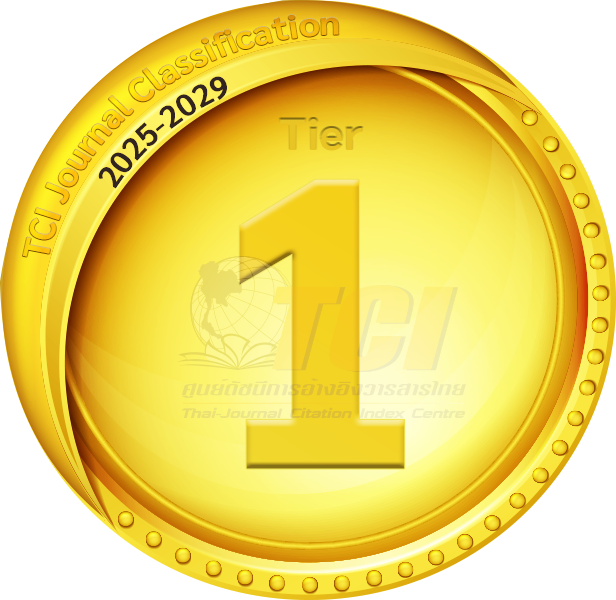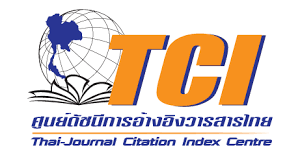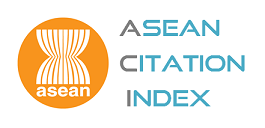The Dynamics of Thailand’s Migration Policies, 1972-2008
Abstract
Abstract
Thailand is one of the main destinations for migrant workers in Southeast-Asia. Bringing in migrants from neighboring countries is an important strategy used in sustaining the country’s competitiveness in industrial economies. Based on a qualitative approach that relies on documentary analysis and interviews with key members of the government, this paper aims to examine changes in the government’s efforts regarding Thailand’s migration policies. Rarely mentioned in previous studies are the various attempts that were made to deal with the flow of migrants into the country prior to the registration program period. Moreover, this paper will hopefully contribute to a better understanding of how a policy on migration issues has been addressed and adapted in different contexts from 1972-2008. The role of the government as the main agent in dealing with the flow of migrants, since the enactment of Revolution Order No. 322, should be explored to explain the decision-making on this issue in order to support economic development for maximum benefit.
It has been argued that after three decades of policy development on migration management, porous borders make exact figures of migrant numbers impossible, and that Thailand’s government, with its unstable domestic political situation which reflected by frequently changing parliamentary cabinet, plays an inactive role in managing the migrant issue. Moreover, policy input on labor demands is unclear, leaving problems unsolved and policies inconsistent with the country’s development strategy. In this scenario, migrant worker issues become a low priority.
Keywords: migrant worker, Thailand migration policy, national security, policy analysis, migration, public policy

Indexed in


Search